History
National Institute for Pollution Studies established
The institute restructured and renamed to National Institute for Environmental Studies (NIES)
Center for Global Environmental Research (CGER) established
Supercomputer system (first generation) installed
Hateruma Global Environmental Monitoring Station completed
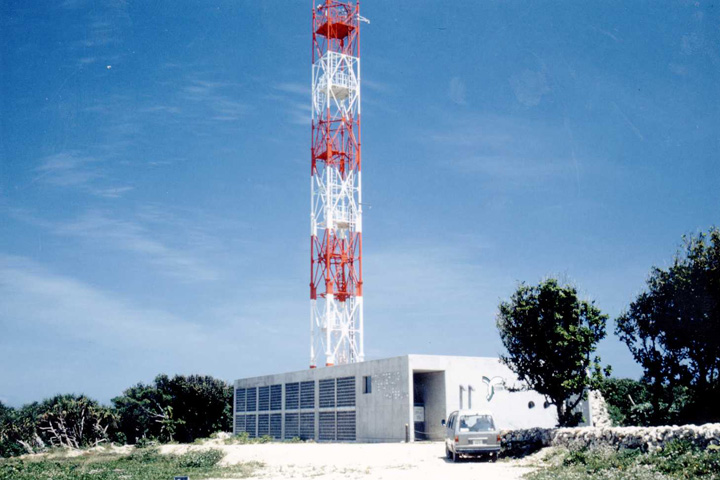
Monitoring of greenhouse gases by aircraft (Siberia) and freight ships (Pacific Ocean) begins

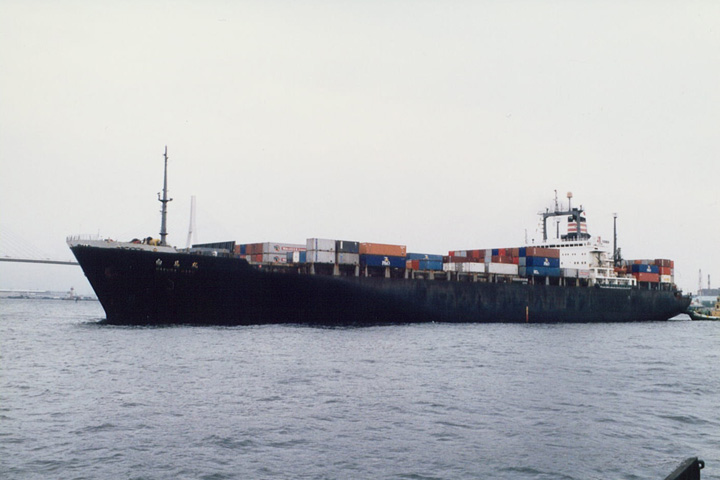
Cape Ochi-ishi Global Environmental Monitoring Station completed

Data Handling Facility for ILAS and RIS starts data processing
Comprehensive Stratospheric Monitoring in Rikubetsu, Hokkaido, begins

AsiaFlux Network activities initiated
Tomakomai Flux Research Site starts observation
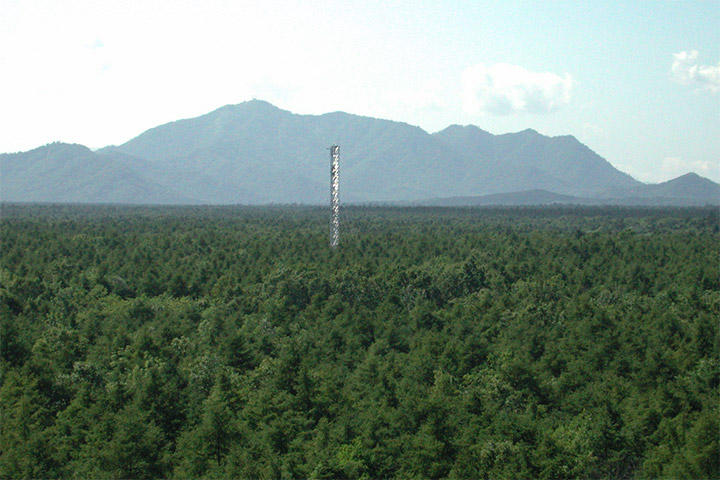
NIES restructured, becomes Independent Administrative Agency
The 1st Mid-Term Plan commences
CGER moves to Climate Change Research Hall
Teshio Carbon Cycle and Larch Growth (CC-LaG) Site starts observation

Greenhouse Gas Inventory Office (GIO) of Japan established
Global Carbon Project (GCP) Tsukuba International Office established
Greenhouse Gases Observing Satellite (GOSAT) Research Team established
Observation of greenhouse gases using commercial airliners commences
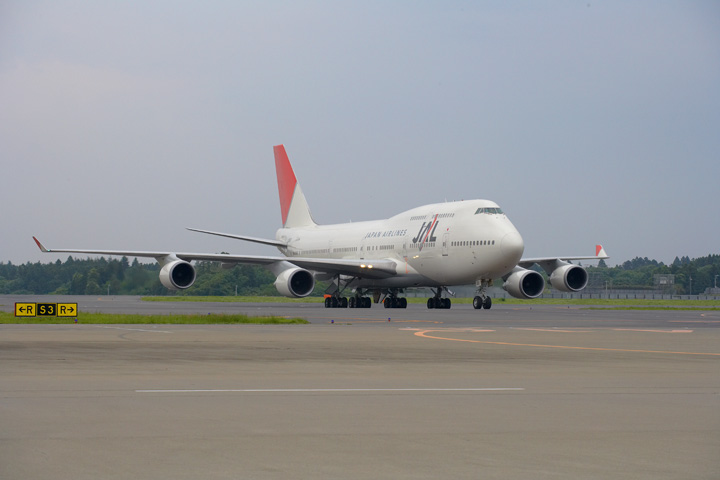
Fuji Hokuroku Flux Observation Site starts observation
CGER restructured to 4 research sections and 3 offices as a result of the NIES reform
The 2nd Mid-Term Plan commences
NIES GOSAT Project Office established
Office for Coordination of Climate Change Observation (OCCCO), Japan, established
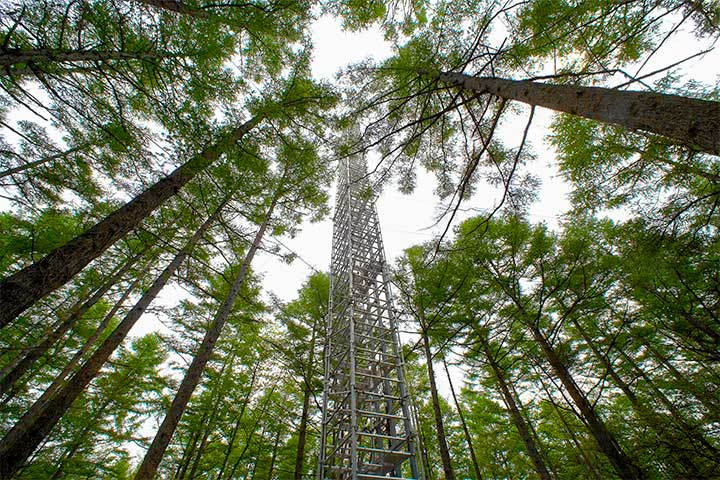
Launch of GOSAT “Ibuki”
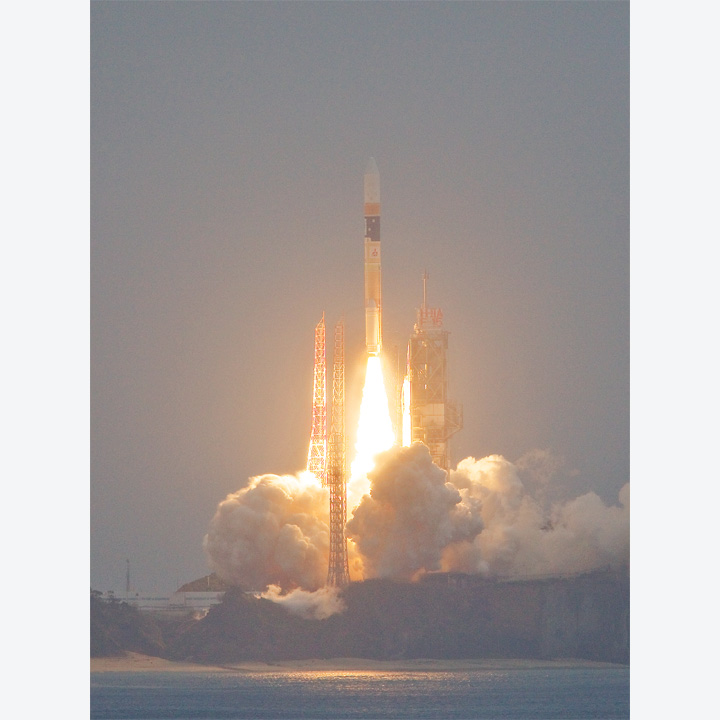
CGER restructured to 6 research sections and 3 offices as a result of the NIES reform
The 3rd Mid-Term Plan commences
NIES restructured, becomes National Research and Development Agency
CGER restructured to 6 research sections and 3 offices as a result of NIES reform
The 4th Mid-Term Plan commences
Launch of GOSAT 2 “Ibuki 2”
Supercomputer system (seventh generation) updated
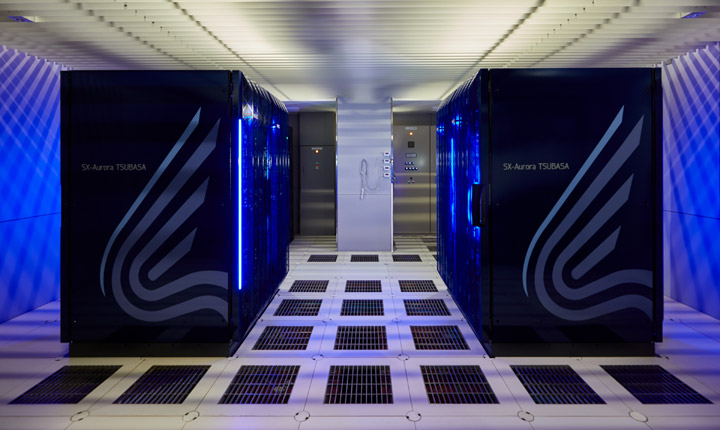
The 5th Mid-Term Plan commences

